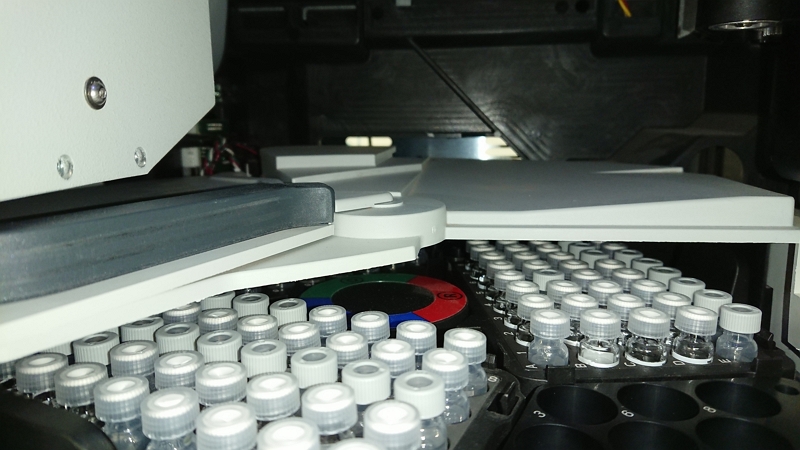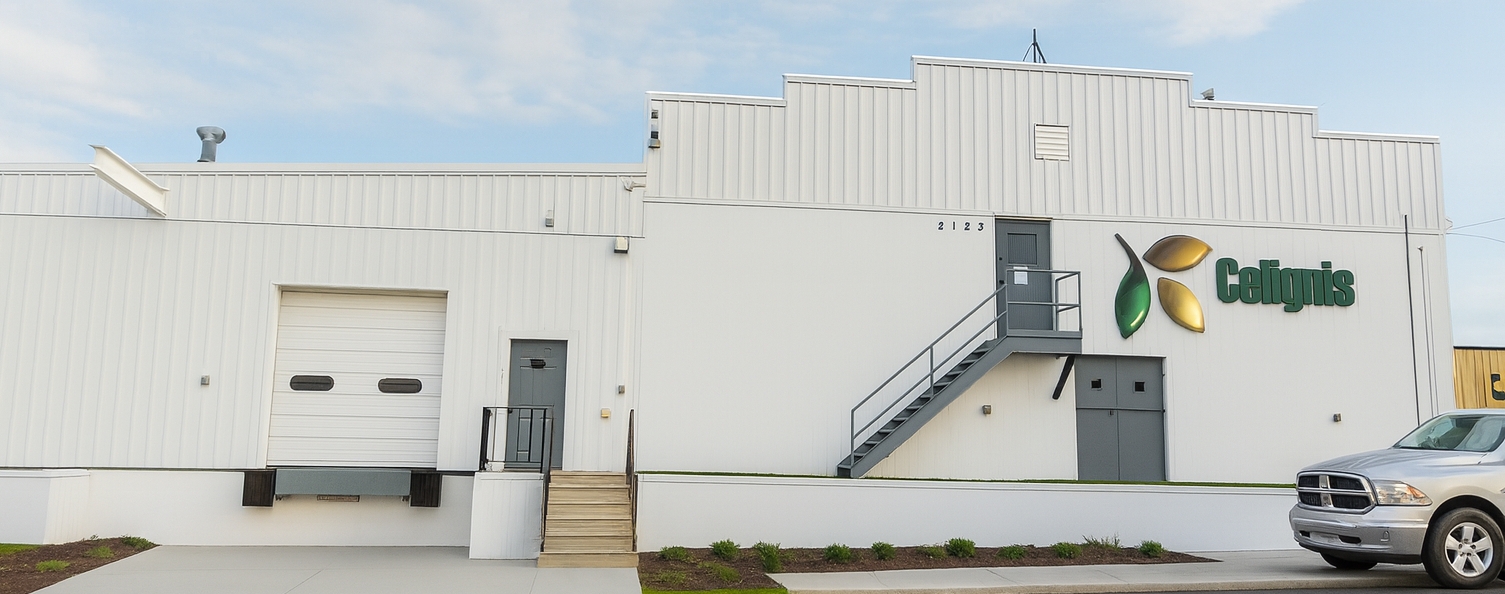Services for the Analysis of Anhydrosugars
Anhydrosugars are defined as sugars in which one or more molecule of water has been eliminated. The 1,6-anhydrosugars involve the
loss of one water molecule and tend to be the most common type. They are formed from the elimination of water from a pair of
hydroxyl groups on the same molecule which results in the formation of a new heterocyclic ring of a different size through an intramolecular glycosidic linkage. This
linkage is usually between the anomeric hydroxyl and the hydroxyl of C-6 in the pyranose
form with both the interacting groups at C-1 and C-5 being axial (1,6-anhydroaldohexoses). However, the intramolecular rings can also form
in other positions (for example there can be 2,3-anhydrosugars and 1,2-anhydrosugars).
The intramolecular linkages in anhydrosugars can be readily opened by the actions of acids, resulting in hydrolysis to the corresponding aldoses (e.g. from levoglucosan to glucose).
Anhydrosugars are often found in the bio-oil produced in pyrolysis processes and come from the pyrolysis of cellulose and hemicellulose. Click here to read more about bio-oil and the analysis methods we use to characterise it.
The intramolecular linkages in anhydrosugars can be readily opened by the actions of acids, resulting in hydrolysis to the corresponding aldoses (e.g. from levoglucosan to glucose).
Anhydrosugars are often found in the bio-oil produced in pyrolysis processes and come from the pyrolysis of cellulose and hemicellulose. Click here to read more about bio-oil and the analysis methods we use to characterise it.
Analysis of Anhydrosugars at Celignis
Using our ion chromatography system we are able to directly analyse a number of anhydrosugars. These are detailed below:
Levoglucosan
Levoglucosan (also known as 1,6-Anhydro-beta-glucopyranose) is the 1,6-anhydrosugar form of glucose and is formed during the pyrolysis of
glucose-containing
carbohydrates such as cellulose. Some pyrolysis technologies specifically target the production of levoglucosan in high yields. In recent years there has been
significant research on developing uses and conversion pathways for levoglucosan. For example, sorbitol
has been synthesised from this anhydrosugar whilst
microorganisms capable of directly fermenting levoglucosan (without requiring hydrolysis to glucose) have been tested.
Cellobiosan
Cellobiosan (also known as 1,6-Anhydro-beta-cellobiose) is an anhydrosugar formed from the elimination of one water molecule from cellobiose.
This water is
lost from one of the glucose sugars in the disaccharide and a 1,6 glycosidic linkage is formed within that sugar.
After levoglucosan, cellobiosan is the most abundantly produced product from the pyrolysis of cellulose. As a result of this there has been much work on finding ways in which it can be valorised or further converted to other products. For instance, cellobiosan can be hydrolysed to glucose using acids or, like levoglucosan, it can be directly fermented using some micro-organisms.
After levoglucosan, cellobiosan is the most abundantly produced product from the pyrolysis of cellulose. As a result of this there has been much work on finding ways in which it can be valorised or further converted to other products. For instance, cellobiosan can be hydrolysed to glucose using acids or, like levoglucosan, it can be directly fermented using some micro-organisms.
Mannosan
Galactosan
Galactosan (also known as 1,6-Anhydro-beta-galactopyranose) is an anhydrosugar formed from the elimination of one water molecule from
galactose.
It can be present in pyrolysis bio-oil in cases where the starting biomass feedstock had galactose
residues within its hemicelluloses.
Our Analysis Packages for Anhydrosugars
We currently have three analysis packages for detailing the amount of anhydrosugars in a solution. These are detailed below. Packages P61
and P62 will quantify the amount of four different anhydrosugars (levoglucosan,
cellobiosan, mannosan, and galactosan) in the water extract of
pyrolysis bio-oils or other aqueous solutions. Package P63 analyses the bio-oil
directly for a range of different semi-volatile oxygenated components, but only one anhydrosugar (levoglucosan). Please
click on the links below for further information.
Furthermore, if there are other anyhydrosugars that you would like us to determine then please get in touch.
Furthermore, if there are other anyhydrosugars that you would like us to determine then please get in touch.
Furfural, Levoglucosan, Hydroxymethylfurfural, Acetic Acid, Acetol, 3-Hydroxy-2-butanone, Propanoic Acid, Butanoic Acid, , 2-Cyclopenten-1-one, Methoxymethylfurfural, 3-Methyl-1,2- cyclopentanedione, 2(5H)-Furanone, 3-Methyl-2(5H)-furanone, Phenol, Guaiacol, o-Cresol, Maltol, p-cresol, m-Cresol, Creosol, 2,4-Xylenol, Eugenol, Catechol, Syringol, Vanillin, Hydroquinone, 4-Ethylcatechol, Apocynin, Syringylaldehyde




